When shopping for cookware, people often wonder if they should opt for nonstick cookware or regular uncoated stainless steel. There's much to consider when selecting new pots and pans, so it's a good idea to understand the pros and cons to both varieties. It's mostly a matter of personal preference—keep the foods you frequently cook in mind so you can select the best pans for the job.
- Stainless Steel Vs Non Stick – Differences based On Composition
- Stainless Steel Vs Non Stick – Differences based On Cooking
- Stainless Steel Vs Non Stick - Difference based On Cleaning
- Conclusion
1. Stainless Steel Vs Non Stick – Differences based On Composition
Stainless steel cookware is made of a high-quality stainless steel and aluminum, whereas non-stick cookware has PTFE Coating, which gives it its non-stick nature.
2. Stainless Steel Vs Non Stick – Differences based On Cooking
- You don't need culinary training to master nonstick cookware. It is the easiest type of cookware to use. You're less likely to burn food using this nonstick, especially compared to stainless steel. Unless you really let it burn like hell, your food will not stick to these pots and pans.
- Stainless steel pans are the best for browning ingredients-and since they're usually uncoated, unlike non stick varieties, they are more durable and resistant to slip-ups in the kitchen.
- You don't need to use a ton of oil or spray when cooking with nonstick, whereas on a stainless steel pan you might need a decent amount of oil to prevent your food from sticking.
- Unlike stainless steel cookware, nonstick cookware often cannot be used at high temperatures. If you use the highest heat setting on your range, you might both burn your food and your pan to such a degree that it won't wash away. So if you use nonstick pans, take the following precautions:
- Never heat a pan empty on a burner.
- Keep your burner on medium or low.
- Throw out a pan if its coating is starting to chip or flake.
- Lastly, nonstick pans simply can’t achieve the searing and browning effect that an uncoated stainless steel pan does. Instead, food more or less steams in its own juices.
3. Stainless Steel Vs Non Stick- Difference based On Cleaning
- Nonstick cookware is easy to use and clean, as the coating helps to keep food from sticking, and it's easy to clean afterward. Health-conscious cooks like that they can use a lot less oil than they would with uncoated cookware.
- As you would imagine, it is simple to clean stainless steel cookware as well. Either use warm soapy water or a soft sponge for this purpose. You can also use a mild cleanser with a plastic scouring pad for more difficult tasks. Before processing, dry your cookware, and you’re done.
- Generally nonstick cookware are not dishwasher friendly, or else they'll lose their nonstick coating, thus defeating the purpose of buying nonstick.
4. Conclusion
A conclusion we can draw in the argument of stainless steel versus non-stick, is that they both have their merits and drawbacks but it really depends on what you intend to use it for. Most cooks, however, may find stainless steel pans to be a better choice for the majority of cooking tasks in their kitchen collection. While a non-stick cookware is a good addition to your cookware, stainless steel really shines in its versatility, easy maintenance, and everyday use.
For the more ardent cooks amongst you, we would actually recommend having one of each. Use your non-stick for things like eggs, crepes and delicate fish; and the stainless steel for just about everything else.
Lower quality stainless steel won't last quite as long and won't cook as evenly as high-quality, triply cookware. Try Meyer’s Stainless Steel cookware ranges with NO nickel or any harmful chemicals, the cookware is 100% safe for your cooking. They have no PTFE, PFOA or BPA that might leach into your food.
Explore our Stainless Steel Range Here..
Explore our Non-Stick Range Here

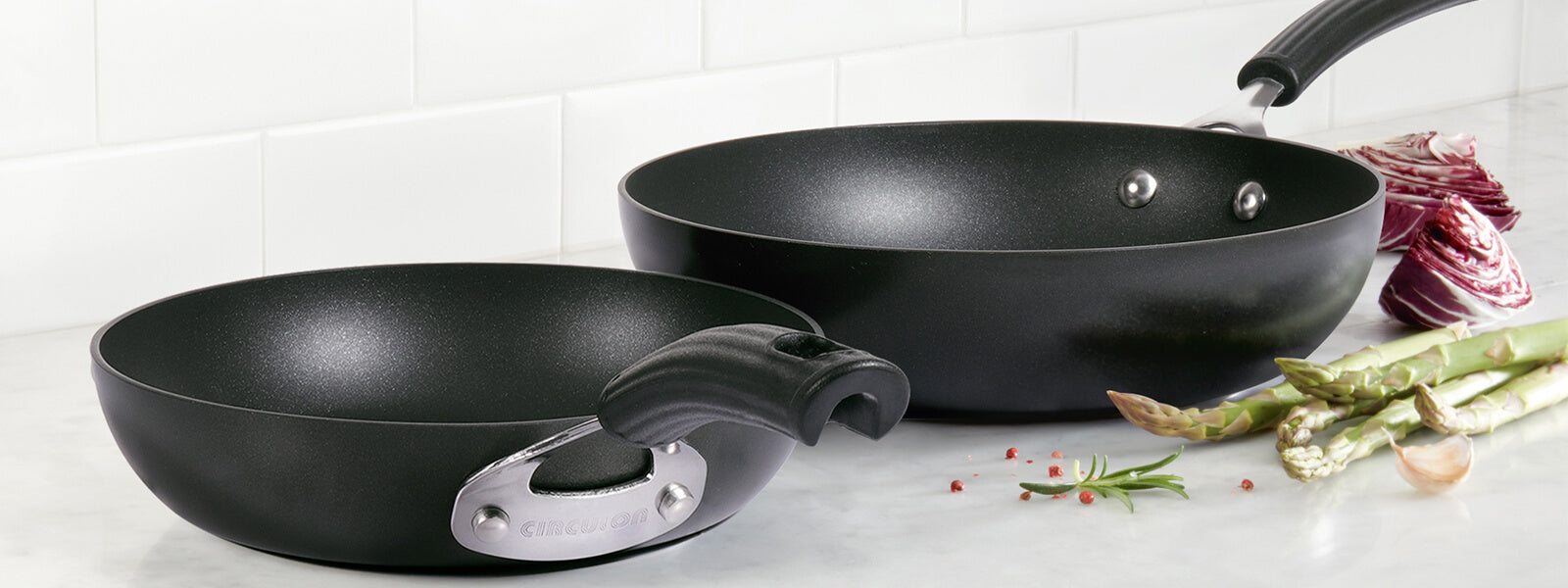
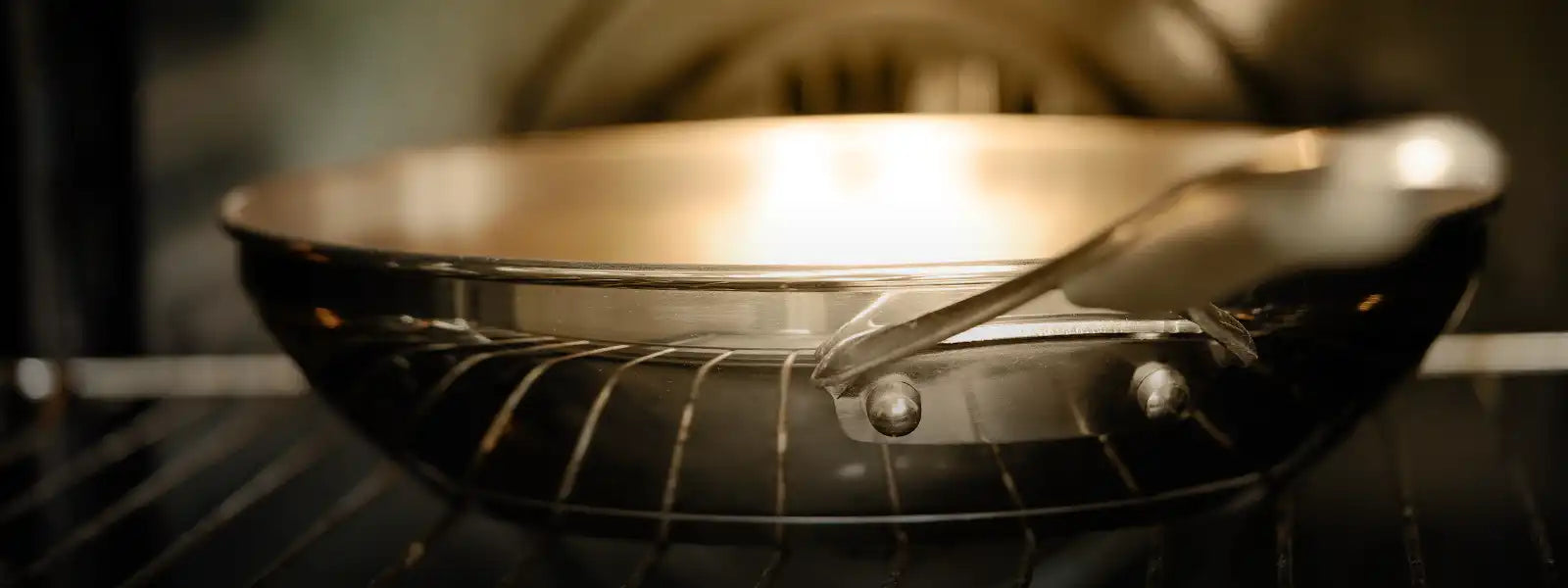
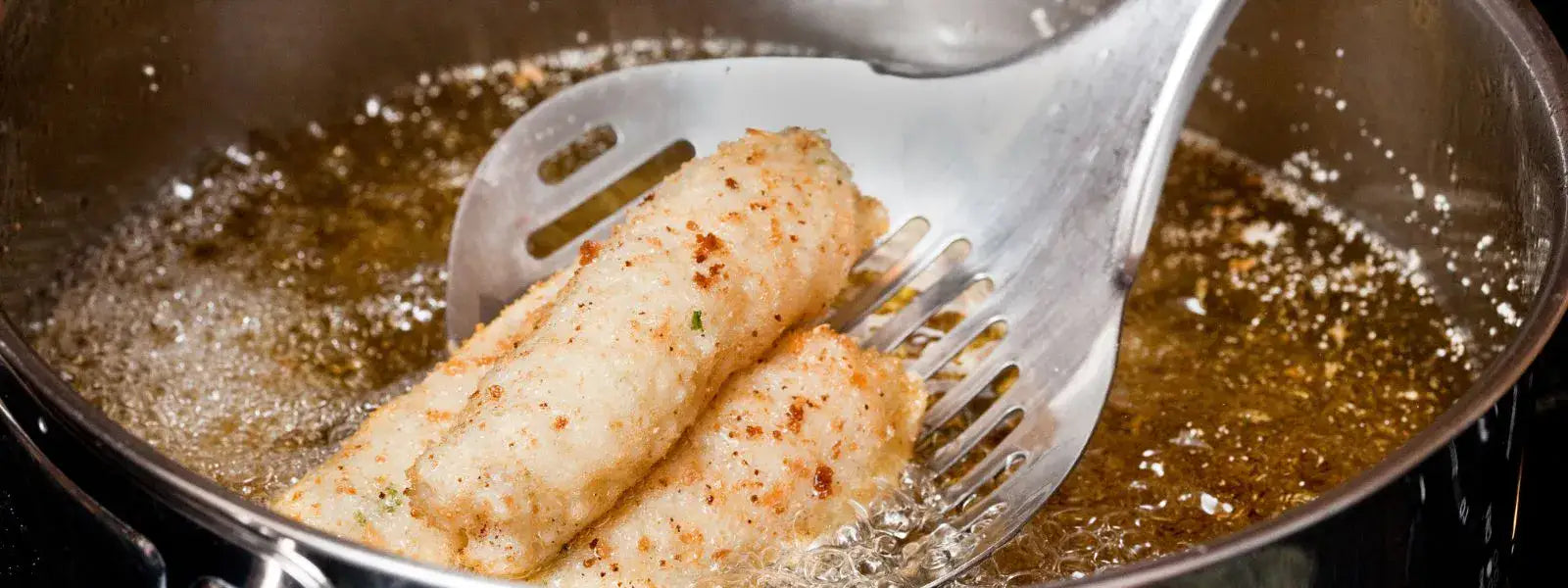
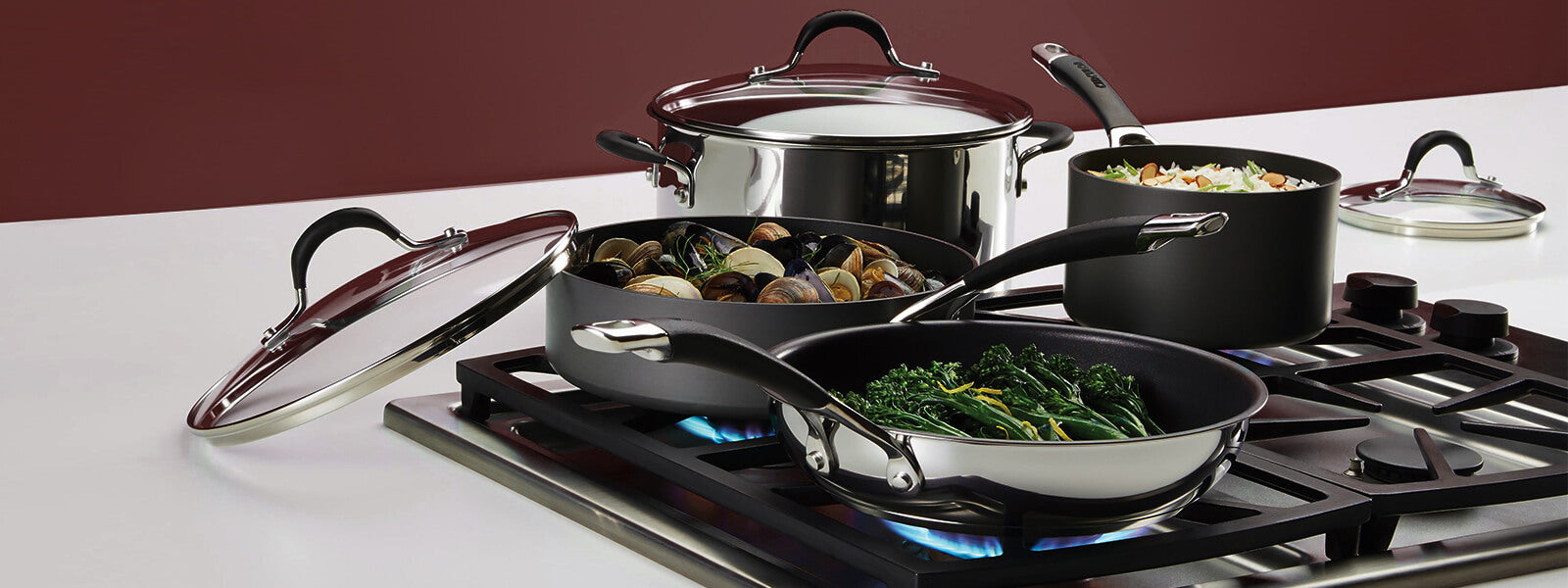
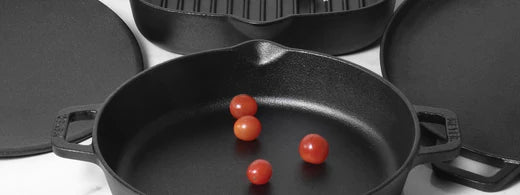
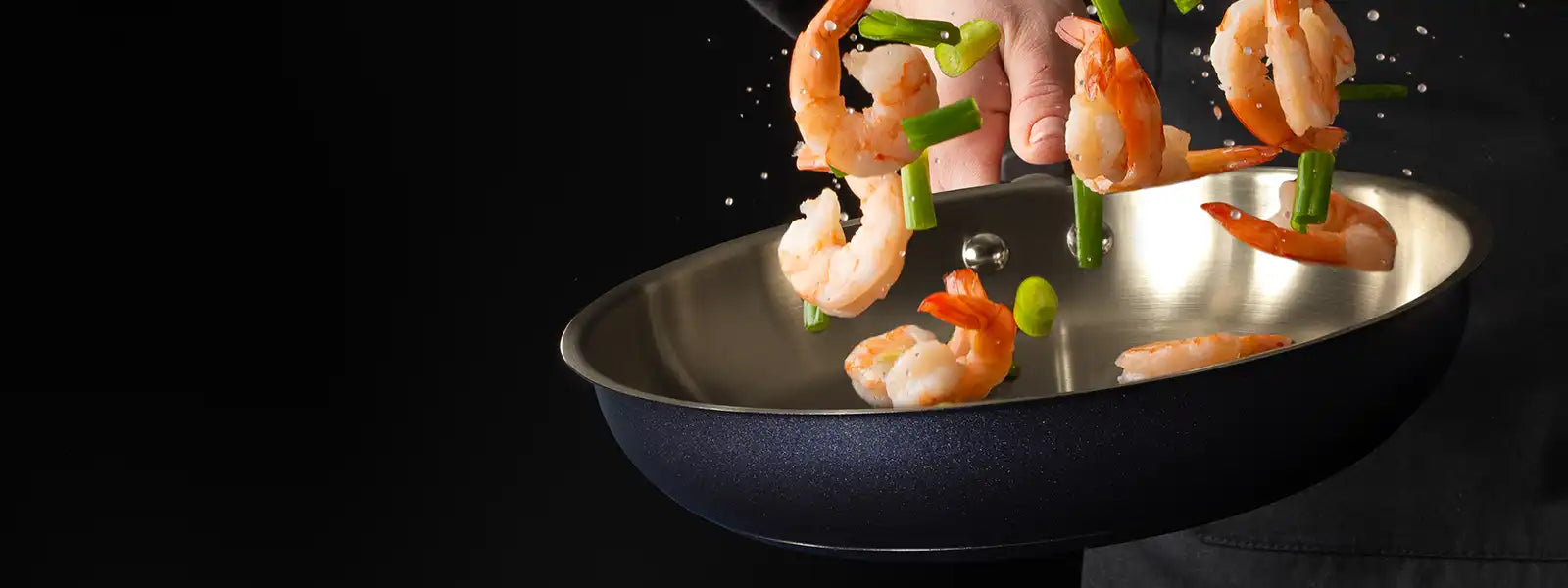
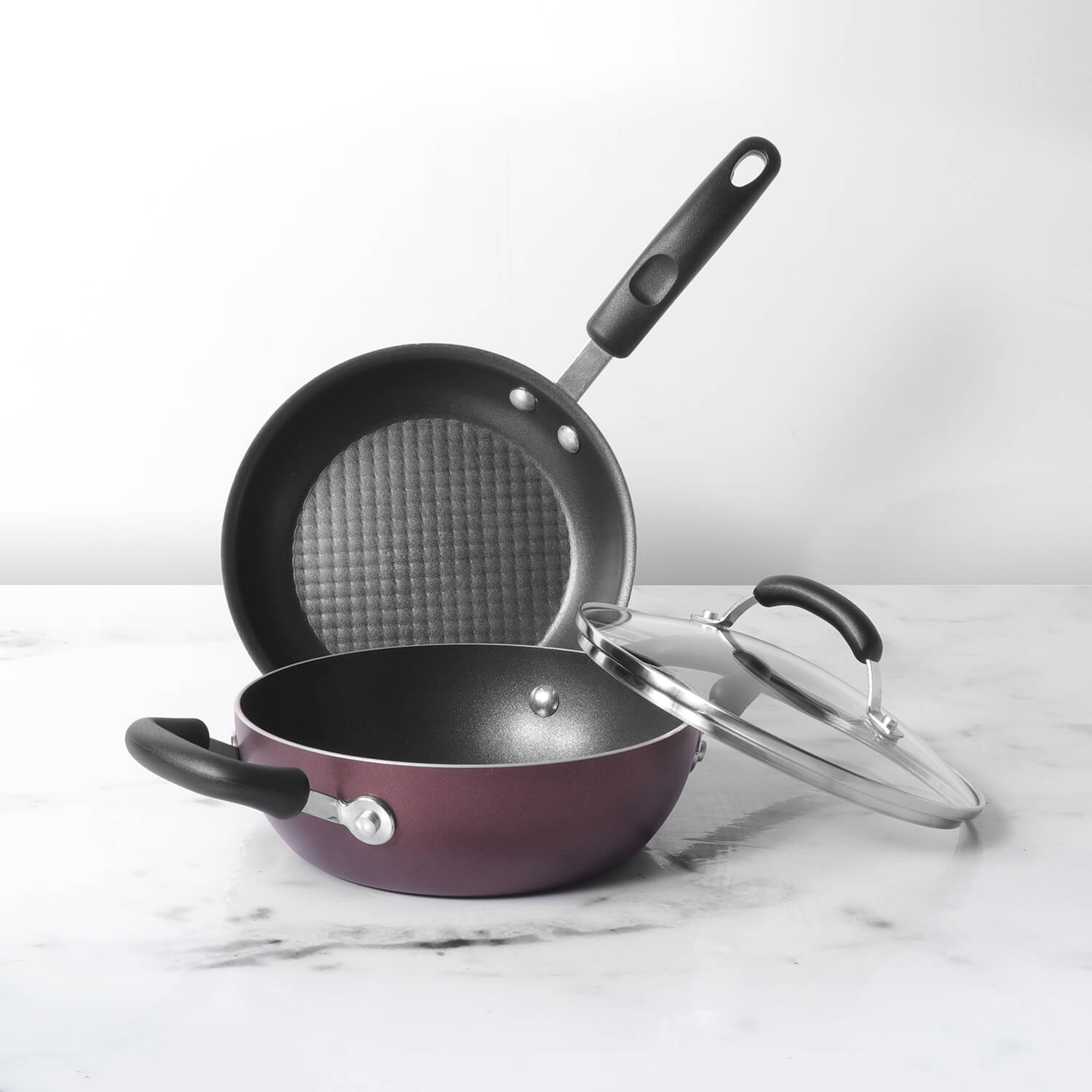
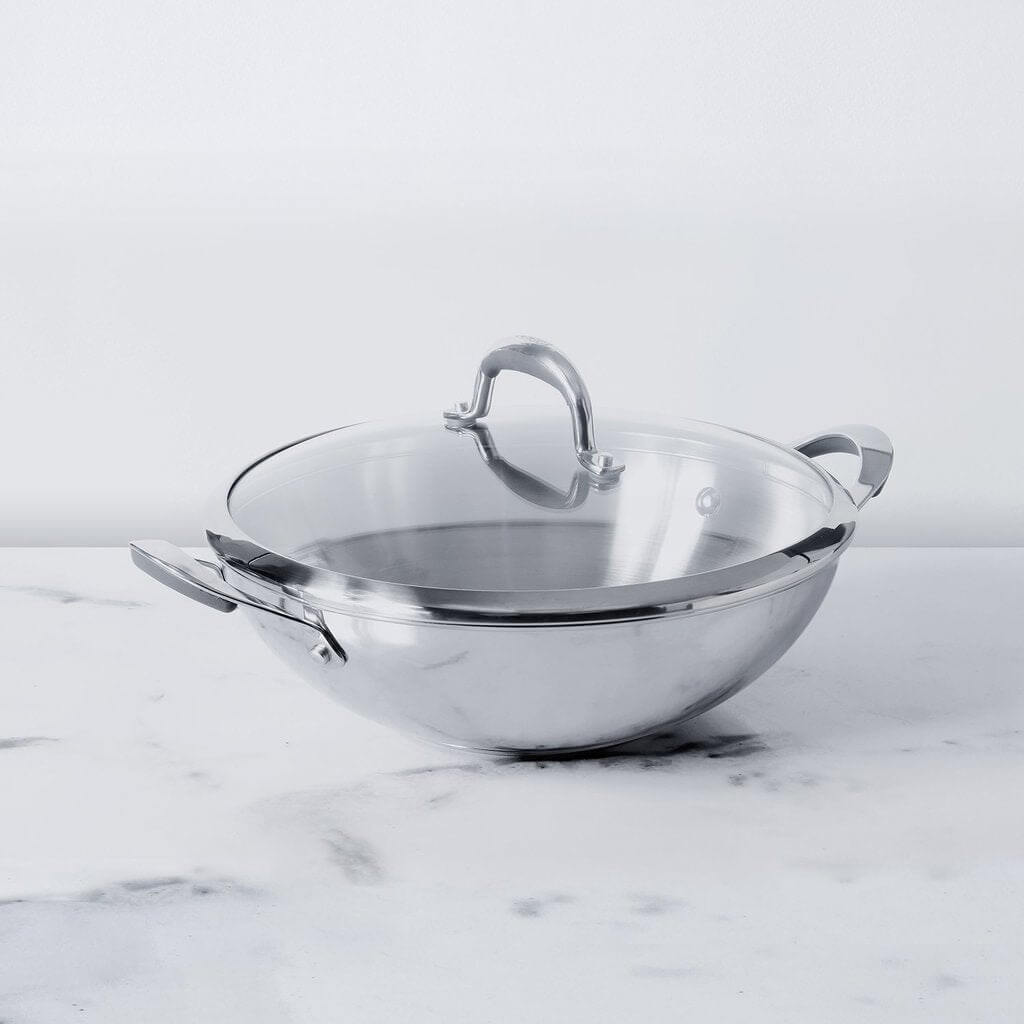




Leave a comment